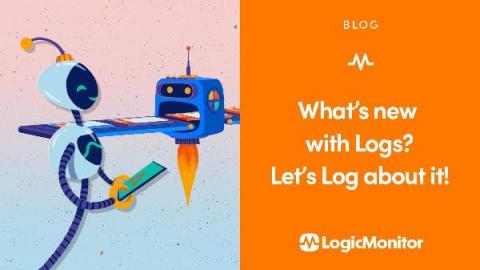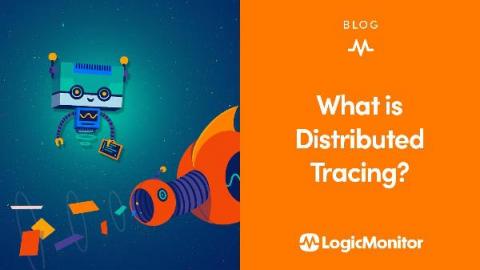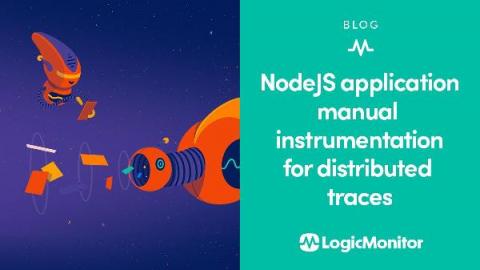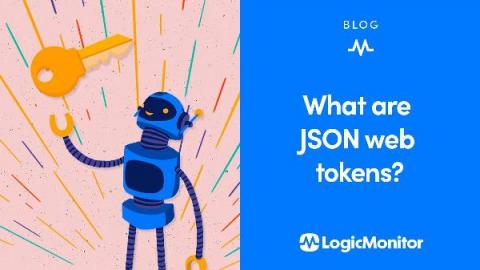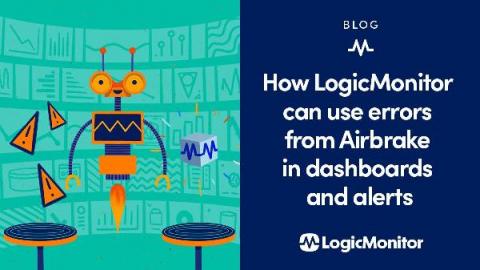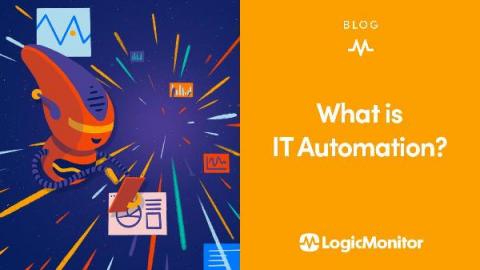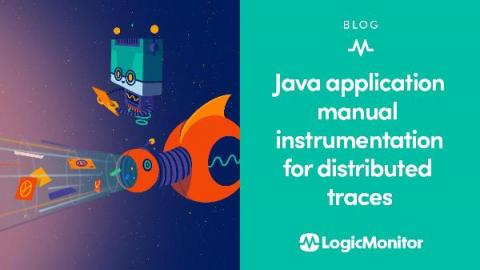Q3 Roundup - What's New With Logs? Let's Log About It!
When we launched LM Logs in November of 2020, we knew the product would aid in reducing troubleshooting time and identifying root causes to enable a more proactive approach to not only monitoring and planning, but also taking action. After talking with our customers and understanding what they needed in order to accelerate their business transformation, we focused on a few key enhancements in Q3. TL;DR – Lumber Bob highlights the top features: Want the long version?


